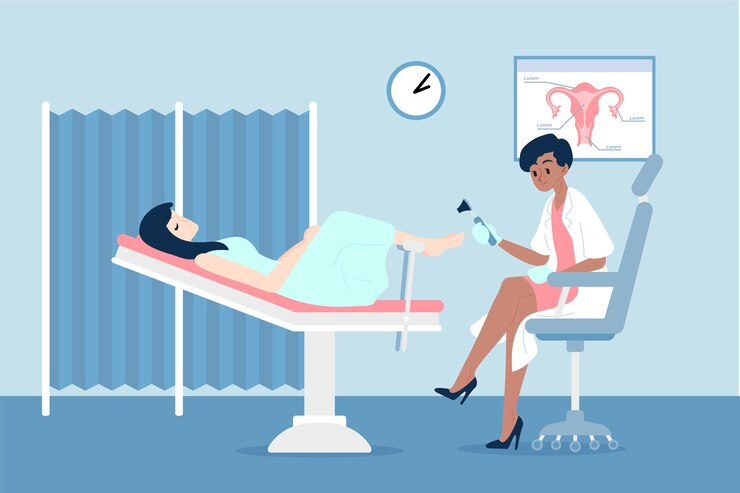
In recent years, labiaplasty, also known as labia operation surgery, has gained increased popularity. This procedure is typically sought by women who are uncomfortable with the size, shape, or appearance of their labia minora (inner vaginal lips) or labia majora (outer vaginal lips). The labia are part of the external genitalia, and some women feel self-conscious about them due to factors like physical discomfort, cosmetic concerns, or even irritation during everyday activities such as exercise or intercourse. While labiaplasty can improve comfort and appearance, it is important to fully understand the procedure, its risks, and the potential benefits before deciding whether it is right for you.
Understanding Labiaplasty Surgery
Labiaplasty involves the surgical alteration of the labia, and it is typically performed for aesthetic or functional reasons. The surgery can be done on the labia minora, labia majora, or both. The primary goal of the procedure is to reduce the size of the labia, making them more symmetrical, or to remove excess tissue that may cause discomfort.
The surgery can be done under local or general anesthesia, depending on the extent of the procedure and patient preferences. The surgeon removes excess tissue from the labia using either a trim or wedge technique. In the trim technique, a strip of tissue is removed along the edge of the labia, while in the wedge technique, a V-shaped portion is excised, and the edges are stitched together for a more natural contour.
Reasons Women Seek Labiaplasty
The reasons women seek labiaplasty can vary widely. Some of the most common motivations include:
-
Physical Discomfort: Many women experience physical discomfort, such as pain or irritation, due to oversized labia. This discomfort can occur during activities like cycling, swimming, or wearing tight clothing. For some women, large labia may even make sexual intercourse uncomfortable, leading to reduced sexual satisfaction.
-
Cosmetic Concerns: Some women are unhappy with the appearance of their labia and feel self-conscious about how they look. Society’s emphasis on the “ideal” body image can play a role in this, as women may feel that their labia do not conform to perceived standards of beauty. This dissatisfaction can lead to a desire for labiaplasty to achieve a more aesthetically pleasing look.
-
Medical Reasons: In rare cases, excessive labial tissue can cause medical problems, such as chronic infections or frequent irritation. In these instances, labiaplasty may be recommended as a treatment to improve hygiene or reduce health risks.
-
Childbirth Changes: Some women may notice changes to their labia following childbirth, including stretching or elongation. These changes can lead to discomfort or altered appearance, prompting some women to seek surgical correction.
-
Emotional Well-Being: For some women, labiaplasty is not just about physical appearance, but also emotional health. Women who feel self-conscious about their labia might experience a boost in self-esteem and confidence after the procedure.
The Labiaplasty Procedure
Labiaplasty is a relatively straightforward procedure, but it requires careful planning and skill to ensure that the results are both aesthetically pleasing and functional. During a consultation, the surgeon will assess the patient’s labia and discuss the desired outcome. They will also review the patient’s medical history and address any concerns.
The surgery itself typically lasts about one to two hours, and most patients can go home the same day. There is a relatively short recovery period, with most women able to return to normal activities within a few weeks. Swelling, bruising, and mild discomfort are common after surgery, but these symptoms generally subside within a few days. Patients are usually advised to avoid sexual intercourse and strenuous physical activity for several weeks to allow the area to heal properly.
Risks and Considerations
As with any surgical procedure, labiaplasty carries risks. These include infection, scarring, and asymmetry. While scarring is generally minimal and fades over time, it is important to choose a skilled and experienced surgeon to minimize these risks. Additionally, not all women are ideal candidates for labiaplasty. It is crucial for patients to be in good overall health and to have realistic expectations about the results.
It is also essential to understand that labiaplasty does not guarantee a specific outcome. While the surgery can enhance the appearance and comfort of the labia, it may not always meet every patient’s expectations. Psychological factors, such as body image, can also play a role in how a patient perceives their results.
The Recovery Process
Recovery from labiaplasty is typically manageable, but it is important to follow post-operative instructions carefully. After surgery, patients should avoid activities that could put stress on the genital area, such as sexual intercourse, for about six weeks. Pain medications and ice packs may help alleviate any discomfort, and patients are encouraged to keep the area clean and dry to avoid infection.
In some cases, patients may experience swelling, tenderness, or numbness, which should subside within a few weeks. It is important to attend follow-up appointments with the surgeon to ensure proper healing. If any complications arise, it is essential to address them promptly.
Conclusion
Labiaplasty is a popular procedure for women seeking to improve the appearance and functionality of their labia. Whether motivated by physical discomfort, hashinvasive aesthetic concerns, or emotional well-being, many women find that the procedure enhances their quality of life. However, as with any surgery, it is important to thoroughly research and consult with a qualified surgeon to make an informed decision. Patients should also have realistic expectations and understand the risks and recovery process involved. For those considering labiaplasty, seeking a reputable surgeon is crucial for achieving optimal results.





Leave a Reply